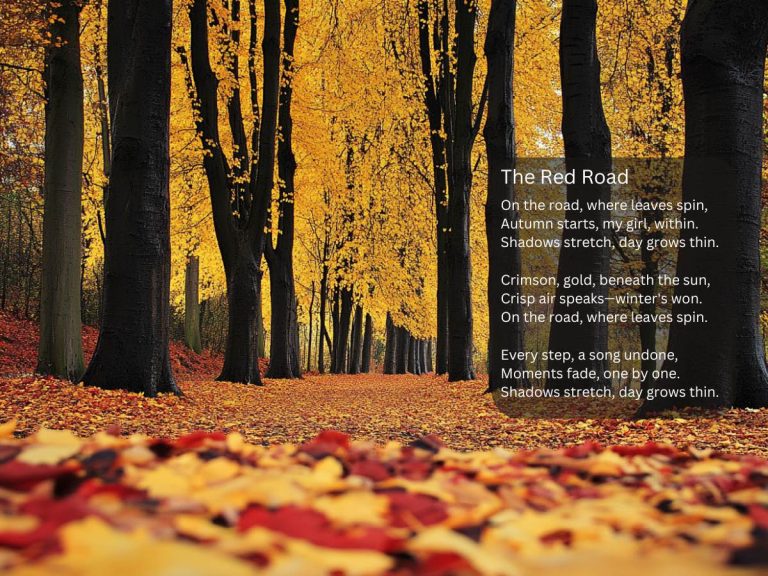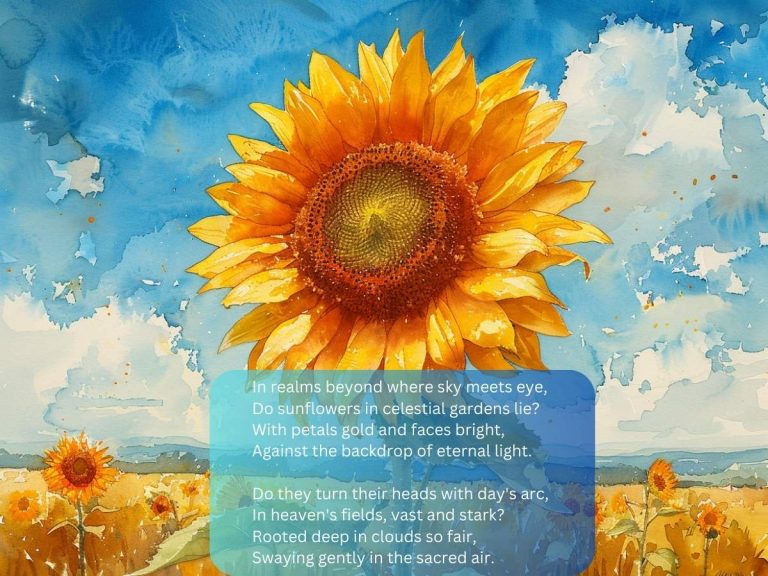Poems About Flowers and Death
Table of Contents
Petals and Shadows
In bloom, life whispers loud,
Colors bright, heads bowed.
Death, in quiet tread,
Casts shadows, petals shed.
Life's dance, a fleeting spell,
Flowers rise, in time, they dwell.
Fallen petals, earth's embrace,
Cycle turns, a silent grace.
Beneath the moon's soft gaze,
End and start, in endless phase.
Petals and shadows, side by side,
In death, life's beauty, magnified.
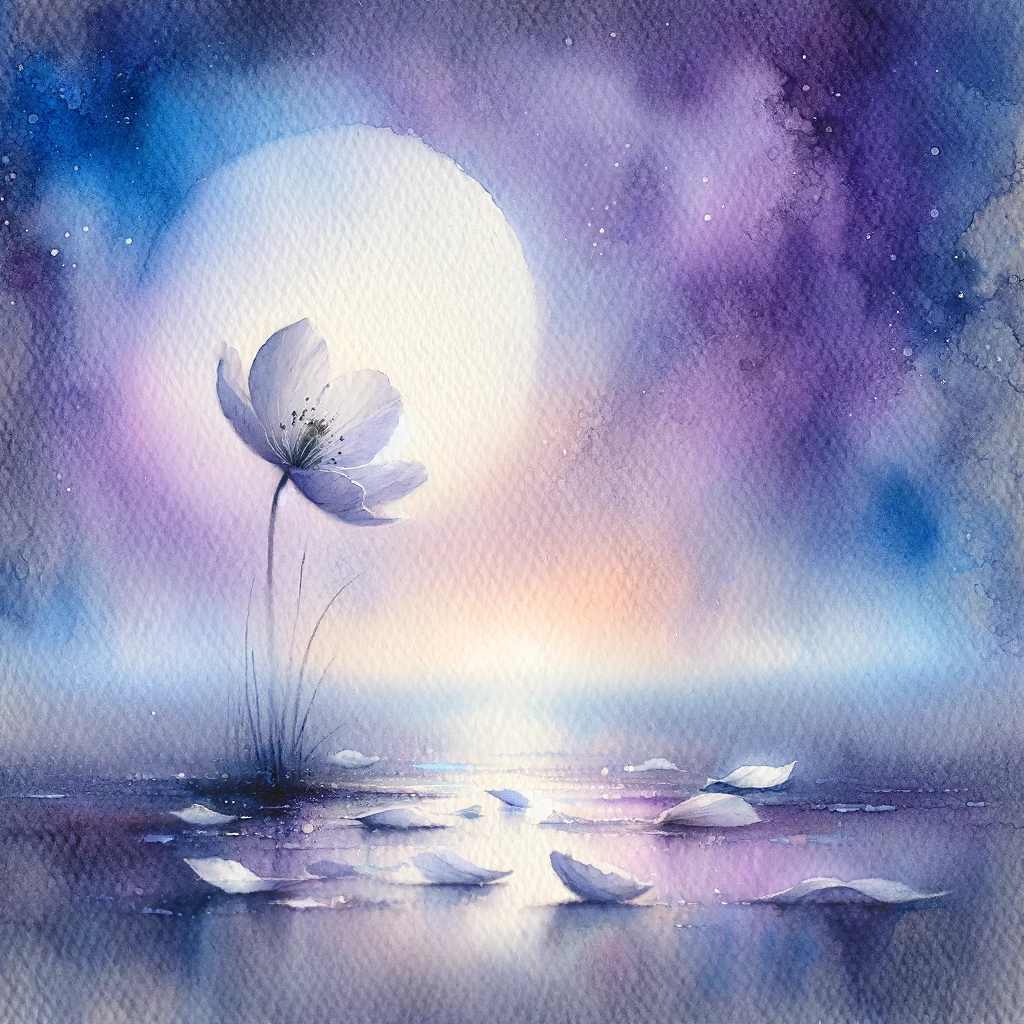
Meaning
“Petals and Shadows” explores the cyclical nature of life and death through the metaphor of flowers. It captures the vibrant journey of life, marked by growth and beauty, and the inevitable arrival of death, seen in the falling petals. This poem portrays death not as an end but as an integral part of life’s continuum, where the falling of petals symbolizes the transition to another form of existence. It reflects on the beauty that exists in both life and death, suggesting that in the demise of one form, the beauty and essence of life are not diminished but transformed.
Inspiration Behind
I was inspired by a garden at dusk, noticing how the flowers’ vivid colors contrasted with the encroaching shadows of the evening. It made me think about the delicate balance between life and death, and how both elements are present in every moment of existence. Flowers, in their blooming and wilting, tell the story of this cycle beautifully. They embody the vibrancy of life and the inevitability of death, yet they stand as a reminder that there is beauty to be found in both. This poem is a reflection of those thoughts, captured in the simplicity of nature’s cycle.
Blossoms at Dusk
Sunset paints, in strokes so fine,
Flowers bow, at day's decline.
Petals close, the light, it fades,
In gardens wide, 'neath evening shades.
Death's soft step, through silent bloom,
Nature's bed, life's final room.
Yet, in this end, a new seed stirs,
Beneath the soil, future blurs.
Dusk to dawn, the cycle spins,
With every end, anew begins.
Flowers sleep, in earth's cool breast,
Till morning calls, in light, redressed.
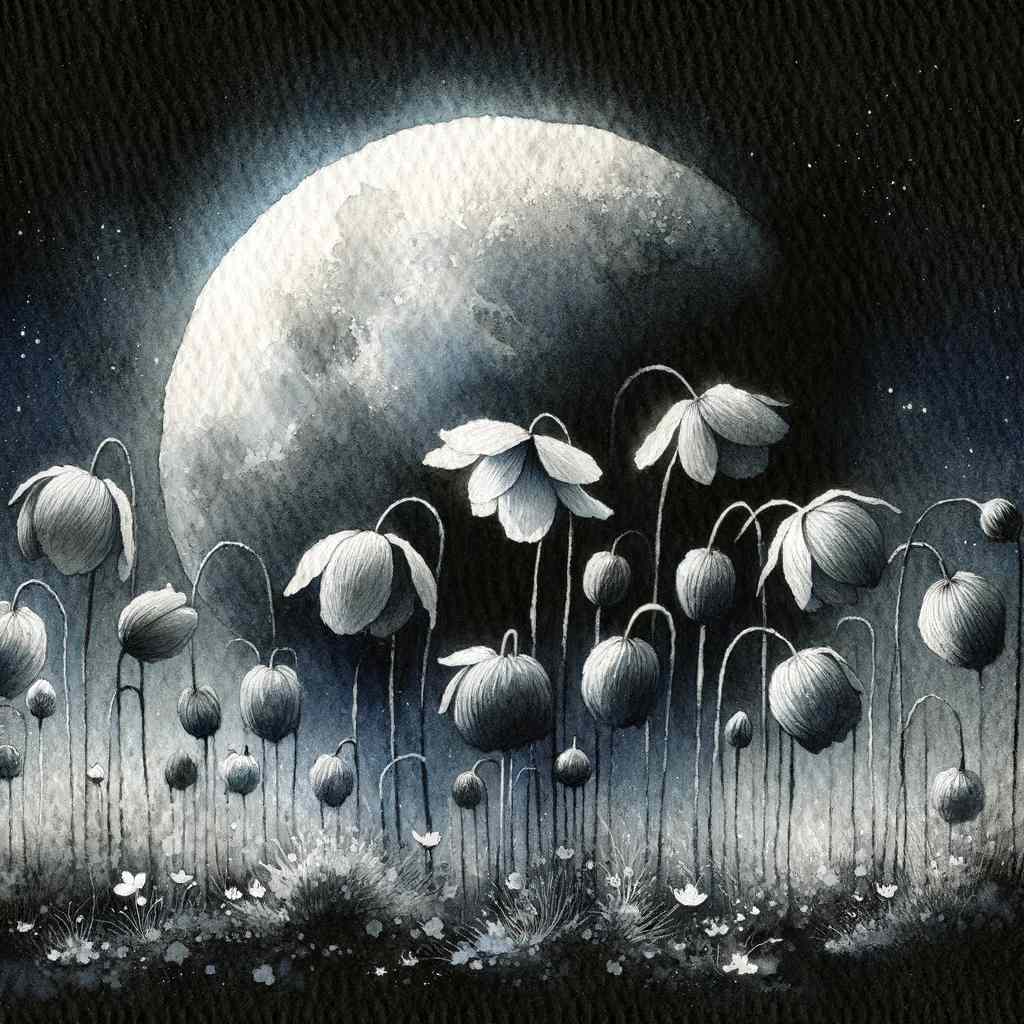
Meaning
“Blossoms at Dusk” contemplates the inevitable cycle of life and death, mirrored in the daily rhythm of flowers responding to the coming night. The poem begins with the visual of sunset, a natural marker of day’s end, leading to flowers closing up as a metaphor for life winding down. However, this poem finds hope in the continuous cycle of nature, emphasizing that with every ending, there’s a beginning waiting beneath the surface. It reflects on the inevitability of death but also on the potential for renewal, suggesting a delicate balance between ending and rebirth, a theme that resonates deeply with the natural world.
Inspiration Behind
The inspiration came from an evening walk through a blooming garden, observing how the setting sun prompted flowers to close up for the night. It struck me as a poignant reminder of life’s impermanence, yet also of its inherent cycle of renewal and rebirth. I was moved by the quiet dignity of flowers at dusk, their simple act of closing up not just an end but a preparation for a new day. This poem captures that moment of transition, offering a reflection on life, death, and the promise of a new beginning that lies in every ending.
Foxglove Farewell
Foxglove stands, in purple hue,
Tall and proud, 'neath skies so blue.
Veins of life, and death, it holds,
In bell-shaped blooms, a story told.
A guardian at the garden's gate,
Between two worlds, it meditates.
A bridge of blooms, so bittersweet,
Where life and death softly meet.
With every petal, a breath, a sigh,
A delicate balance, between to fly
And to root, in earth's embrace,
The cycle spins, in nature's grace.
In shadow's fall, foxglove bows,
To time's unyielding, silent vows.
Yet, in its fall, a seed is sown,
For life anew, in death, is grown.
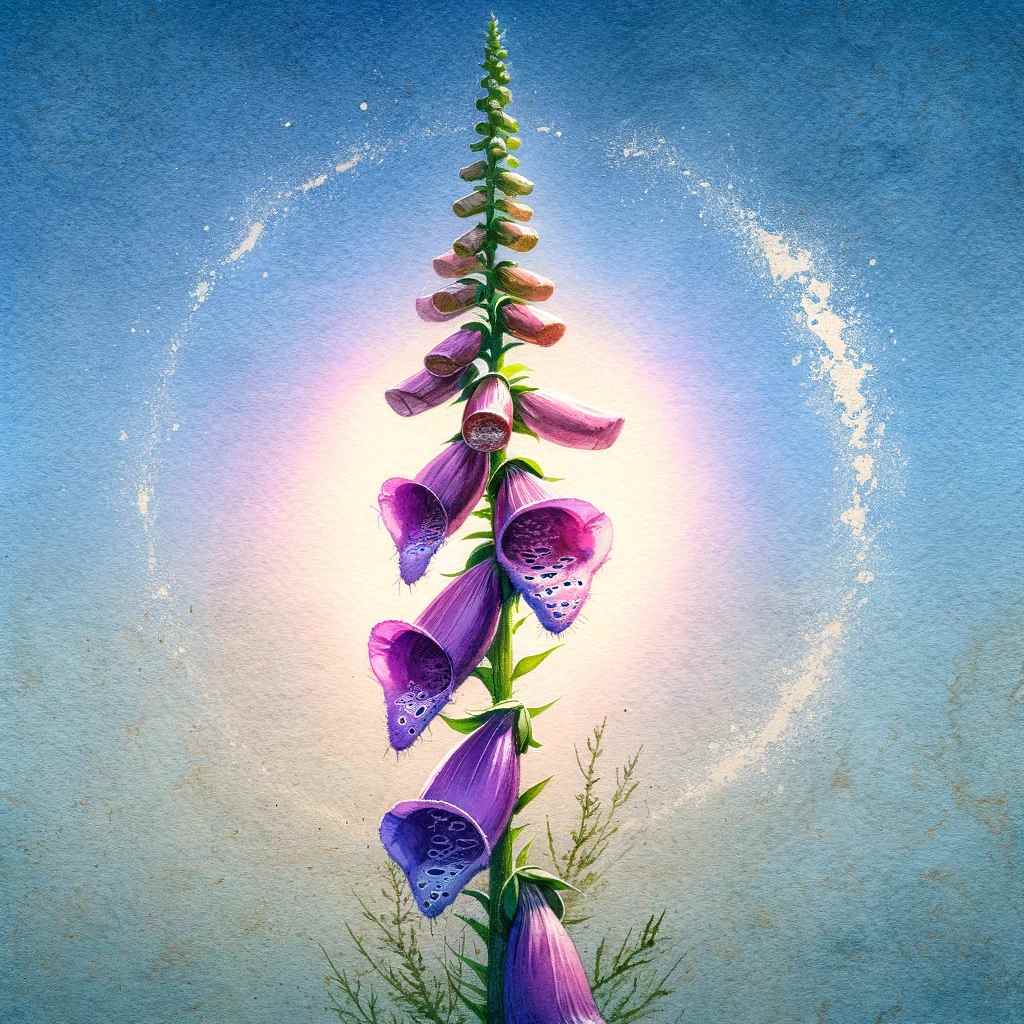
Meaning
“Foxglove Farewell” delves into the dual nature of the foxglove flower, embodying both the beauty of life and the inevitability of death within its blooms. The poem portrays the foxglove as a guardian and bridge between the realms of the living and the departed, highlighting its role in the natural cycle of existence. Through the metaphor of the foxglove, the poem explores themes of transition, the delicate balance between life and death, and the renewal that follows loss. It reflects on the acceptance of life’s end as part of the natural order, while also recognizing the potential for new beginnings in every ending.
Inspiration Behind
I was inspired by the enchanting yet poisonous nature of the foxglove flower, a plant that captivates with its beauty while harboring the power to bring about death. The paradox of the foxglove, so visually stunning yet potentially lethal, led me to ponder the thin line between life and death and how closely they are intertwined in the natural world. This poem emerged from those reflections, aiming to capture the complex essence of the foxglove as a symbol of life’s fragility and the cyclic nature of existence. The foxglove stands as a reminder that beauty and danger can coexist, that endings pave the way for new beginnings, and that life, in all its forms, is a delicate dance with death.
Oleander’s Edge
Oleander, white and pink,
Blooms deceive, more than you think.
Beauty veiled, with danger near,
Life and death, both linger here.
By the path, where shadows play,
Silent sentinels, night and day.
Each petal holds, a secret deep,
In its embrace, both life and sleep.
Gentle breeze, carries a tale,
Of vibrant life, and faces pale.
Oleander, in its grace,
Marks the line, a fragile space.
Root to tip, a dual sword,
Life's allure, and death's accord.
Here it stands, beneath the sun,
A cycle ended, and begun.
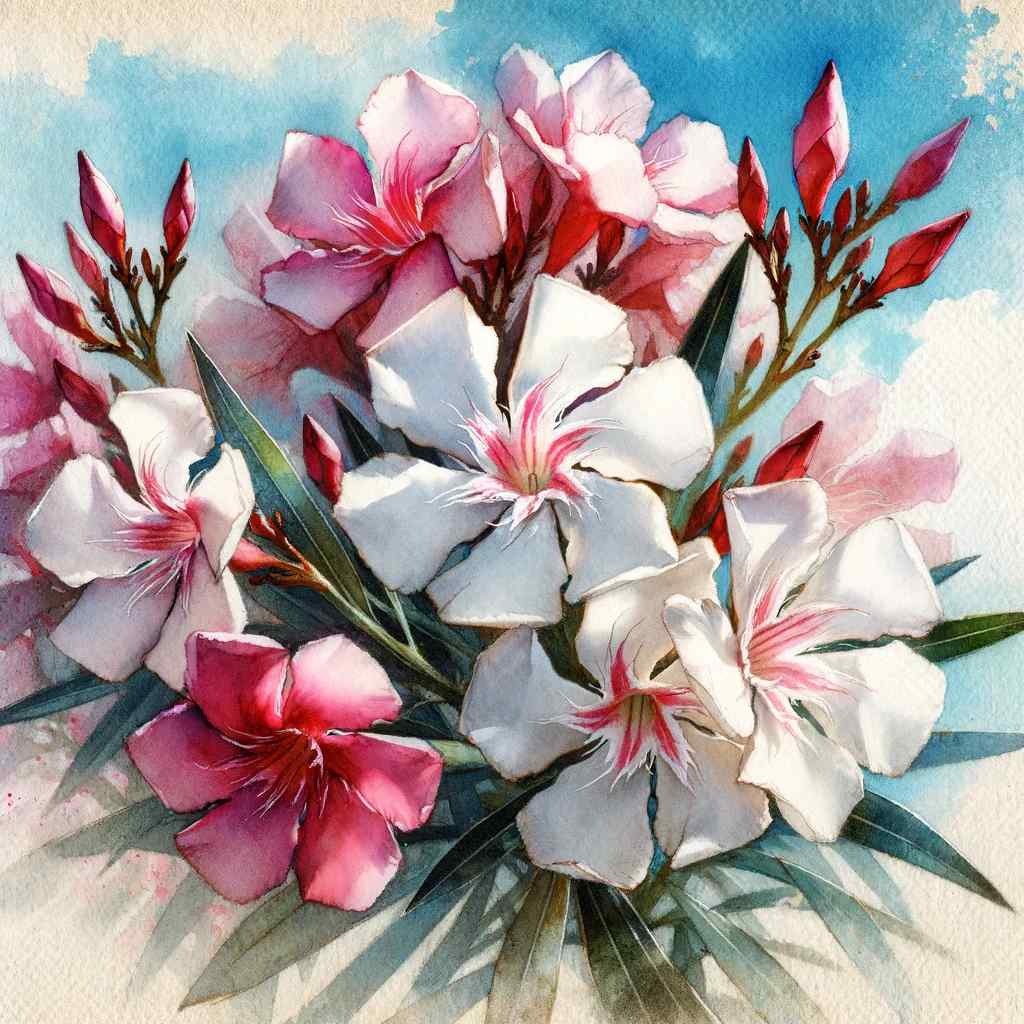
Meaning
“Oleander’s Edge” delves into the complex nature of the oleander flower, symbolizing the delicate balance between beauty and peril, life and death. The poem paints the oleander as both a captivating and dangerous presence, its allure masking the potential for harm. Through the imagery of the oleander, the poem explores themes of duality, the coexistence of opposing forces, and the natural cycle of existence. It reflects on the idea that beauty and danger often walk hand in hand, and that life itself teeters on the edge of this delicate balance, constantly navigating between flourishing and faltering.
Inspiration Behind
I was inspired by the stark contrast inherent in the oleander: a flower of stunning beauty, yet poisonous in every part. This duality fascinated me, leading me to reflect on the broader theme of life’s fragility and the ever-present shadow of death. The oleander, thriving under the sun, became a metaphor for the precariousness of existence and the fine line that defines the cycle of life and death. This poem is a contemplation of that balance, an homage to the beauty that thrives at the edge of danger, and a recognition of the cycle that encompasses all life.
End Words
These Poems About Flowers and Death portray the intricate relationship between flowers and death, using nature’s cycle as a metaphor for the ebb and flow of life. Through the imagery of various blooms, they explore themes of beauty, danger, and renewal, reflecting on the delicate balance that defines existence. Each piece invites contemplation on life’s transient nature and the promise of rebirth that lies within every ending, offering a nuanced perspective on the cycle that connects all living things.




